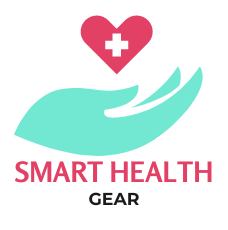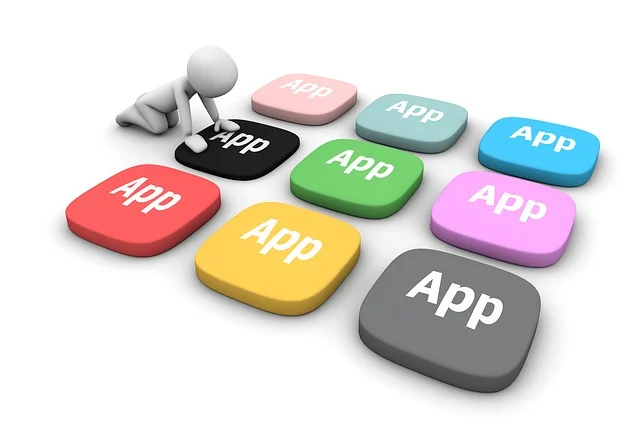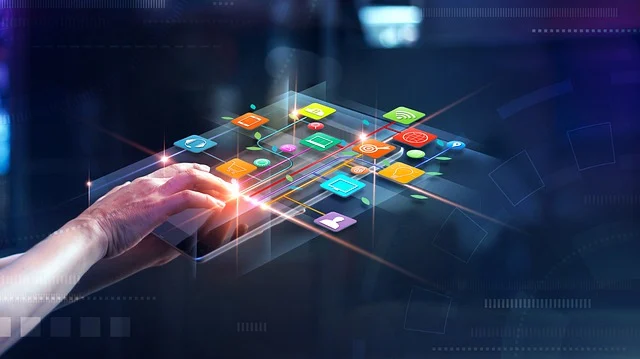The Rise and Impact of Wearable Technology in Modern Healthcare
Introduction
In the past decade, wearable technology has revolutionized the healthcare industry. Devices such as fitness trackers, smartwatches, and other health monitoring gadgets have become integral to personal health management. This article explores the various aspects of wearable technology, including its benefits, types, challenges, and future prospects.
What is Wearable Technology?
Wearable technology refers to electronic devices that can be worn on the body, either as accessories or as part of clothing. These devices often incorporate sensors to collect data about the user’s physical activities, health metrics, and environment. The data is then processed and analyzed to provide actionable insights.
Types of Wearable Technology
Fitness Trackers
Fitness trackers are perhaps the most popular form of wearable technology. Devices like Fitbit and Garmin track physical activities such as steps taken, distance traveled, calories burned, and heart rate. They help users set fitness goals and monitor their progress, promoting a more active lifestyle.
Smartwatches
Smartwatches, such as the Apple Watch and Samsung Galaxy Watch, offer the functionality of fitness trackers with additional features like notifications, apps, and sometimes even cellular connectivity. These devices can monitor various health metrics, including heart rate, sleep patterns, and even electrocardiograms (ECGs).
Heart Rate Monitors
Heart rate monitors are specialized devices that provide accurate measurements of heart rate in real-time. These devices are essential for athletes and individuals with cardiovascular conditions, helping them monitor their heart health during exercise and daily activities.
Blood Pressure Monitors
Wearable blood pressure monitors offer a convenient way to keep track of blood pressure levels. These devices are especially beneficial for individuals with hypertension, providing continuous monitoring and helping detect any irregularities that might require medical attention.
Glucose Meters
For people with diabetes, wearable glucose meters offer a non-invasive way to monitor blood sugar levels. These devices use sensors to measure glucose levels in the interstitial fluid, reducing the need for frequent finger pricks.
Sleep Trackers
Sleep trackers help users understand their sleep patterns, providing insights into the duration and quality of sleep. These devices often use accelerometers and heart rate sensors to monitor sleep stages, helping users improve their sleep hygiene.
Pulse Oximeters
Pulse oximeters measure the oxygen saturation level in the blood. They are particularly useful for individuals with respiratory conditions, athletes training at high altitudes, and for monitoring general health and wellness.
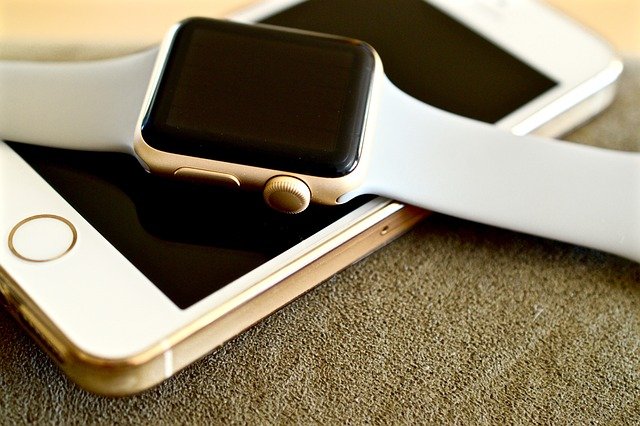
Smart Scales
Smart scales measure body weight and composition, including body fat percentage, muscle mass, and bone density. These devices sync with mobile apps to track progress over time, helping users maintain a healthy weight and body composition.
Telemedicine Devices
Wearable telemedicine devices enable remote monitoring of patients’ health. These devices can track various health metrics and transmit the data to healthcare providers, facilitating timely interventions and reducing the need for in-person visits.
Portable ECG Monitors
Portable ECG monitors allow users to record their heart’s electrical activity on-the-go. These devices are essential for individuals with arrhythmias or other heart conditions, providing valuable data that can be shared with healthcare professionals.
Benefits of Wearable Technology
Personalized Health Monitoring
Wearable technology enables personalized health monitoring, allowing individuals to track their health metrics continuously. This personalized approach helps users make informed decisions about their health and wellness.
Early Detection of Health Issues
By continuously monitoring vital signs, wearable devices can detect potential health issues early. For example, irregular heart rhythms or abnormal blood pressure readings can be identified promptly, enabling early intervention and reducing the risk of serious complications.
Improved Chronic Disease Management
Wearable technology plays a significant role in managing chronic diseases such as diabetes, hypertension, and cardiovascular conditions. Continuous monitoring helps patients adhere to treatment plans, track their progress, and avoid potential health crises.
Enhanced Fitness and Wellness
Fitness enthusiasts and athletes benefit greatly from wearable technology. These devices provide detailed insights into physical activities, helping users optimize their workouts, set achievable goals, and maintain a healthy lifestyle.
Remote Patient Monitoring
Wearable technology facilitates remote patient monitoring, allowing healthcare providers to keep track of patients’ health without the need for frequent in-person visits. This approach is particularly beneficial for elderly patients and those with mobility issues.
Empowerment and Engagement
Wearable devices empower individuals to take control of their health. By providing real-time feedback and actionable insights, these devices encourage users to engage in healthier behaviors and make informed decisions about their well-being.
Challenges of Wearable Technology
Data Privacy and Security
One of the main challenges of wearable technology is ensuring data privacy and security. As these devices collect sensitive health information, it is crucial to implement robust security measures to protect users’ data from unauthorized access and breaches.
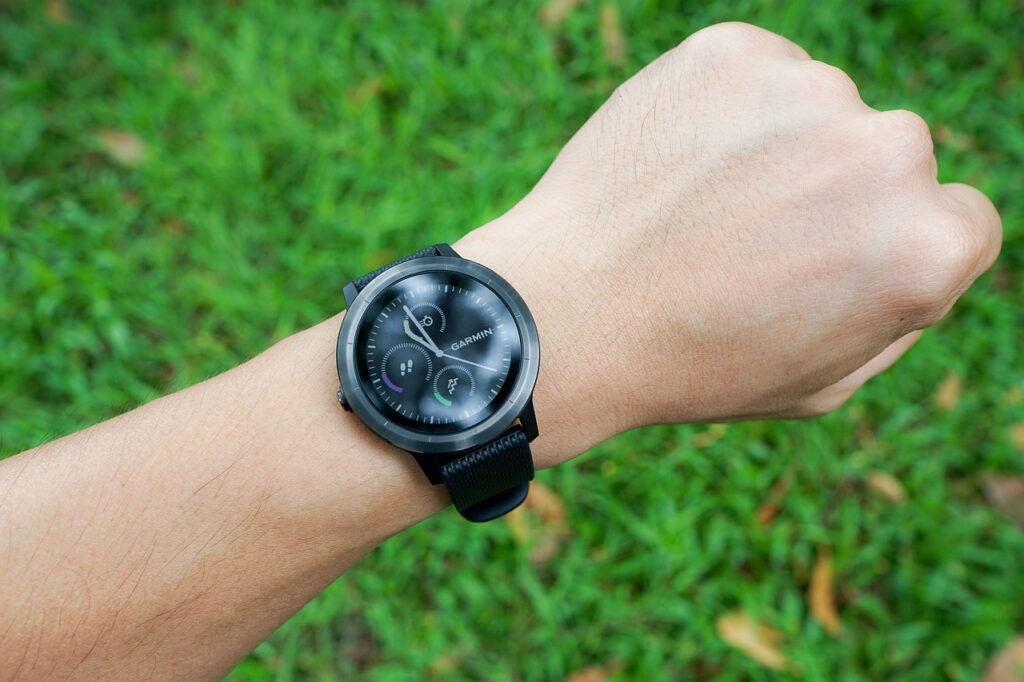
Accuracy and Reliability
The accuracy and reliability of wearable devices can vary significantly. Inaccurate readings can lead to incorrect health assessments and decisions. Therefore, it is essential to improve the precision of sensors and algorithms used in these devices.
User Compliance and Engagement
While wearable technology offers numerous benefits, user compliance and engagement can be challenging. Some individuals may find it difficult to integrate these devices into their daily routines or may lose interest over time. Ensuring long-term engagement requires designing user-friendly and motivating interfaces.
Cost and Accessibility
The cost of wearable technology can be a barrier for some individuals. High-quality devices often come with a significant price tag, making them less accessible to lower-income populations. Efforts are needed to make these devices more affordable and widely available.
Integration with Healthcare Systems
Integrating wearable technology with existing healthcare systems poses a challenge. Standardizing data formats and ensuring interoperability between devices and healthcare platforms are crucial for seamless data sharing and effective use in clinical settings.
Future Prospects of Wearable Technology
Advancements in Sensor Technology
Advancements in sensor technology will lead to more accurate and reliable wearable devices. New sensors capable of measuring a wider range of health metrics, such as hydration levels, stress, and even biomarkers, will enhance the capabilities of wearable technology.
AI and Machine Learning Integration
The integration of artificial intelligence (AI) and machine learning will revolutionize wearable technology. These technologies can analyze vast amounts of data to provide personalized health insights, predict potential health issues, and offer tailored recommendations.
Expansion of Remote Monitoring
The future will see an expansion of remote monitoring capabilities, with wearable devices playing a central role. This will improve healthcare accessibility, especially for individuals in remote areas or those with limited mobility, and reduce the burden on healthcare facilities.
Personalized Medicine
Wearable technology will contribute to the growth of personalized medicine. By continuously monitoring individuals’ health, these devices will provide valuable data that can be used to tailor treatments and interventions to each person’s unique needs.
Integration with Augmented Reality (AR) and Virtual Reality (VR)
The integration of wearable technology with AR and VR will open new possibilities for health and wellness. For example, AR glasses could provide real-time health data during physical activities, and VR could be used for immersive fitness training and rehabilitation programs.
Improved Battery Life and Design
Future wearable devices will likely feature improved battery life and more ergonomic designs. Longer battery life will enhance the usability of these devices, while sleek and comfortable designs will increase user compliance and satisfaction.
Regulatory and Standardization Efforts
As wearable technology continues to evolve, regulatory and standardization efforts will be crucial. Establishing guidelines for data security, accuracy, and interoperability will ensure the safe and effective use of these devices in healthcare.
Conclusion
Wearable technology has transformed the healthcare landscape, offering numerous benefits in personal health monitoring, chronic disease management, and fitness tracking. Despite the challenges, the future of wearable technology looks promising, with advancements in sensor technology, AI integration, and remote monitoring poised to enhance its impact. As these devices become more accurate, accessible, and integrated into healthcare systems, they will play an increasingly vital role in promoting health and well-being.
